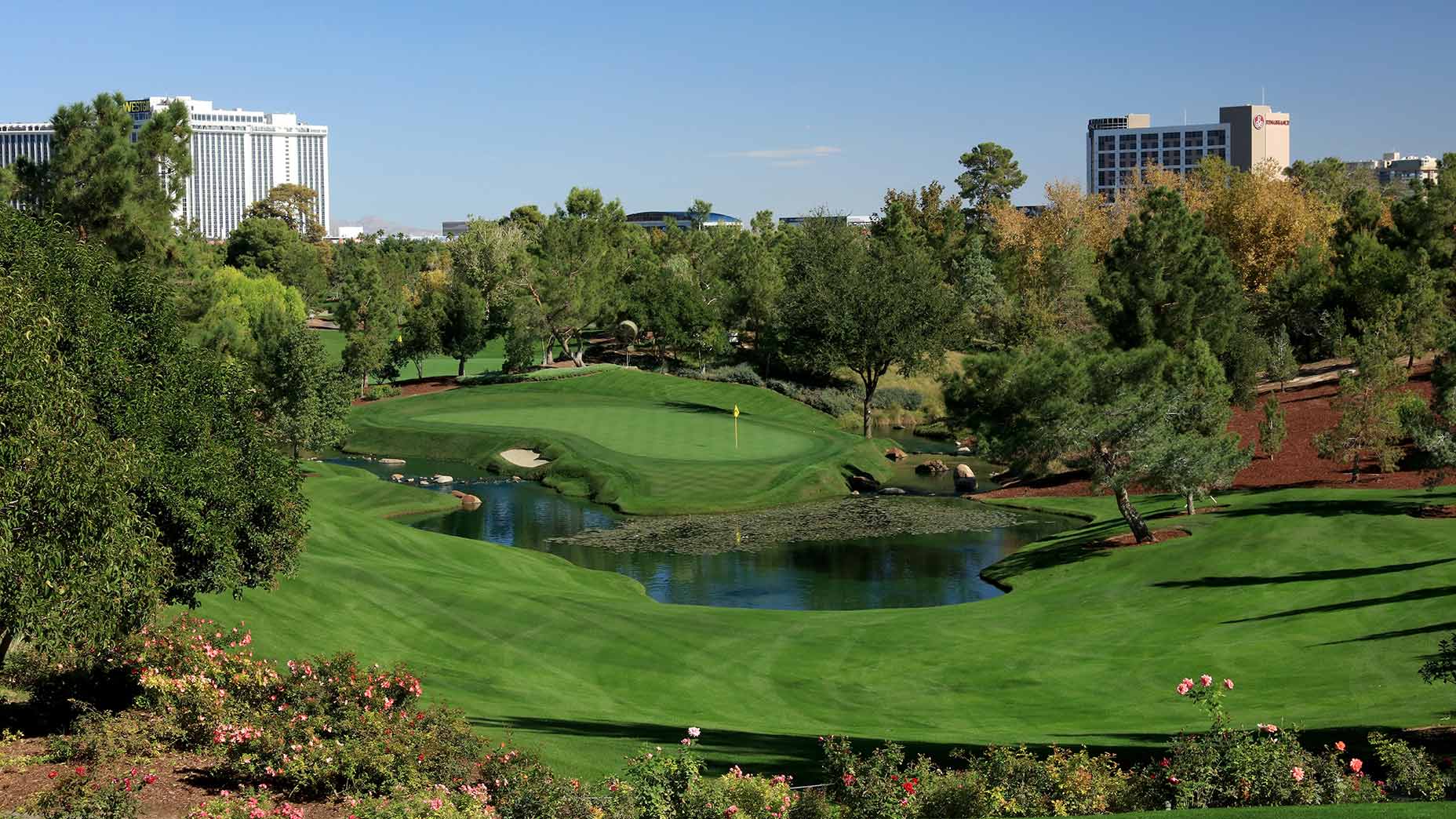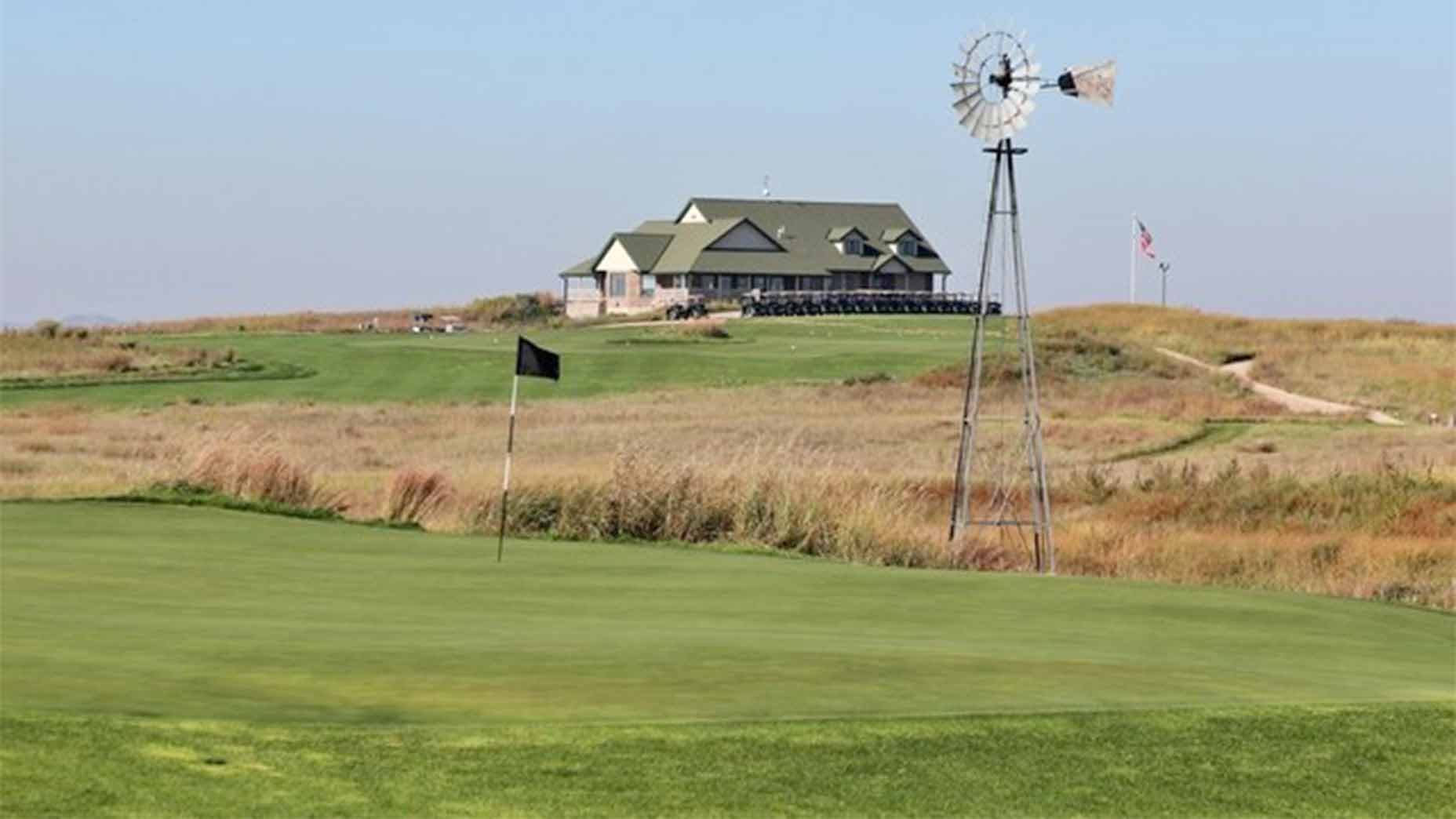One day this summer I was in the auld country, playing with a lad of 14 named Cameron on a course called Prestwick St. Nicholas, down the beach from Troon. You could smell the sea. A couple days later, I was at the Caesarea Golf Club, in another old country, Israel. You could smell the heat.
My driving-range neighbor there was Hadas Libman, a native Israeli, now 21, a psychology major at UCLA and a member of its women’s golf team. Hadas belts it, but her short game, she told me, is a joke, and not a good one.
Candor is part of Israel’s national identity. Golf is not. Israel is about the size of New Jersey, but there the important similarities end: The Garden State has 298 courses, and the Land of Milk and Honey has two.
I asked Hadas why. American Jews, after all, from the Eisenhower era on, have been enthusiastic members of the golf tribe. (Herbert Warren Wind, Jew or not a Jew? Jew!) In Philadelphia, where I live, there are still a half dozen private golf clubs identified as being “Jewish.” For years they flourished under that heading for a variety of reasons, including “gentlemanly” anti-Semitism and an intense drive to assimilate. But the main draw has been the game. For years and decades, the tee sheets at these clubs were packed, even on Saturday mornings. Especially on Saturday mornings.
“Golf is slow, golf takes time,”Hadas said. “Israelis are hustlers. No patience. They want to be good now.”
She was generalizing, of course, although I have observed that Israeli drivers prefer the horn to the brakes. Still, there are two small, intense pockets of golf in Israel, the 18-hole course in Cae-sarea and, 20 miles down the road, an unlikely nine-holer.
Caesarea is a resort course that’s open to the public with a private club within it. (The Old Course in St. Andrews has the same basic setup, although with different emphases.) The Caesar-ea Golf Club has 600 members, most of whom are Israeli Jews, along with a tiny number of Christian Arabs. There are no Muslim members, but there are two young Muslim sisters who take lessons with the club’s starter/teaching pro, Penny Halfon. “Their father got them interested,” Penny told me. “He sees all the good things that can come from golf.” Amen.
Penny’s starter shack is the only one I’ve ever seen with a mezuzah, the ancient Jewish signpost, on its door-jamb. But once you’re on the course, you could be playing golf anywhere, except that your English-speaking Israeli playing partners might write your name in Hebrew on the scorecard, the regular game is for five shekels, and some of the accounting is the language of Moses.
What’d you make?
Put me down for shesh.
The ubiquitous six. It travels the world without a passport.
The Tiger Woods of Israeli golf is Laetitia Beck, a 24-year-old Duke grad (psychology) who plays the LPGA wearing white shoes with blue Stars of David on the toes. I saw her at Caesarea. She was getting ready for the Olympics. I introduced myself and asked if she had any hesitancy about going to Rio, with the Zika virus and the security worries. She’s a slender woman with long black hair and a steady-eddie game. “Not at all,” she said. Israeli women pride themselves on being tough.
(LPGA Takeaway: Israeli Laetitia Beck Blazes Her Own Trail in Golf)
Caesarea is between Tel Aviv, Israel’s Los Angeles, and Haifa, its San Diego. So is the nine-hole course, Ga’ash Golf Club. The road into the club is cracked and weedy, and the course itself is simple and sunbaked. The golfers there all walk, usually under an umbrella attached to their pushcarts. The pro shop and clubhouse are no-frills. And then there’s the Ga’ash lunch, at least the day I was there: a buffet of cheeses, vegetables, freshly baked breads, grilled and smoked fishes, heaping salads and exotic fruits in colors bright enough for Joseph’s biblical coat. Jewish clubs in the U.S. often have a reputation for good food, but that generally means large portions and matzo-ball soup. Ga’ash does not serve matzo-ball soup.
Israel imports liberally from American culture. Once that meant Levi’s and basketball, and now it means Drake and tattoos. Pete Dye, native Hoosier, gave the original 1961 Caesarea course a complete makeover in 2009. It’s a course old Scottish golfers would recognize: rugged, sandy, unadorned. The greens are beautiful. The way it moves through the land, it reminds me of Rancho Park, the public course in L.A.
I asked my playing partners at Cae-sarea why golf was not more popular in Israel. It uses too much water and too much land, costs too much, there are no public ranges, it’s too class-conscious. Yadda yadda yadda. But on a back-to-work Sunday, there were golfers ahead of us, behind us, in the halfway house and on every verdant green. A famous verse came to mind: if you shall build it, they will come.








